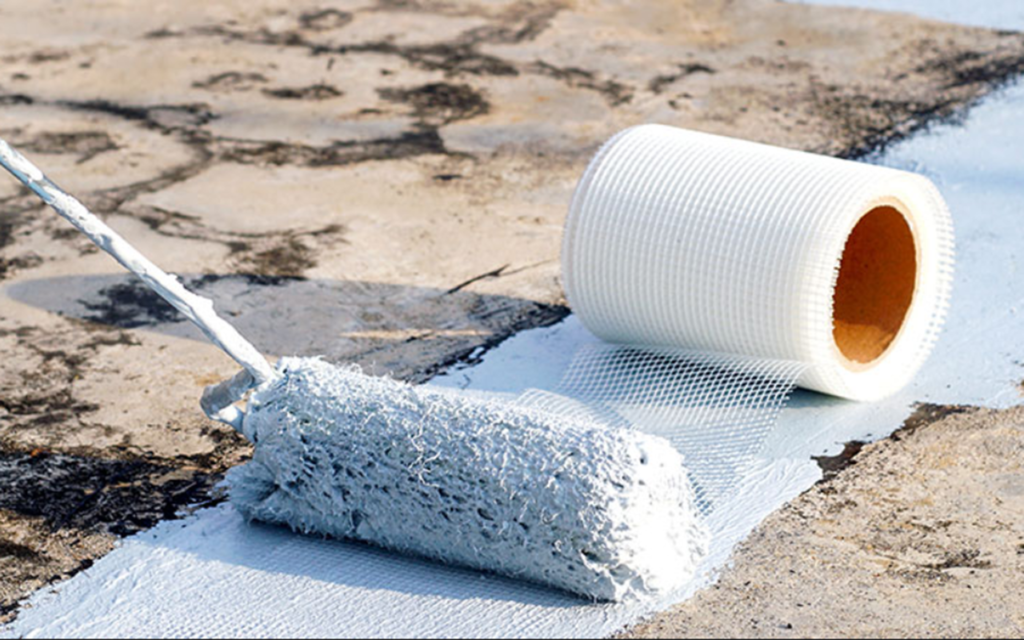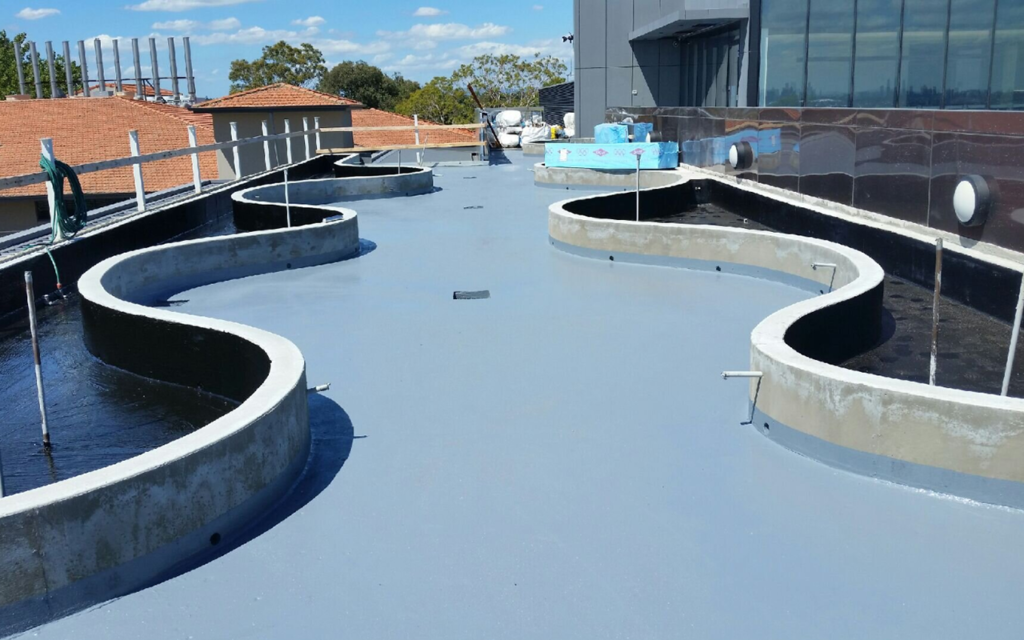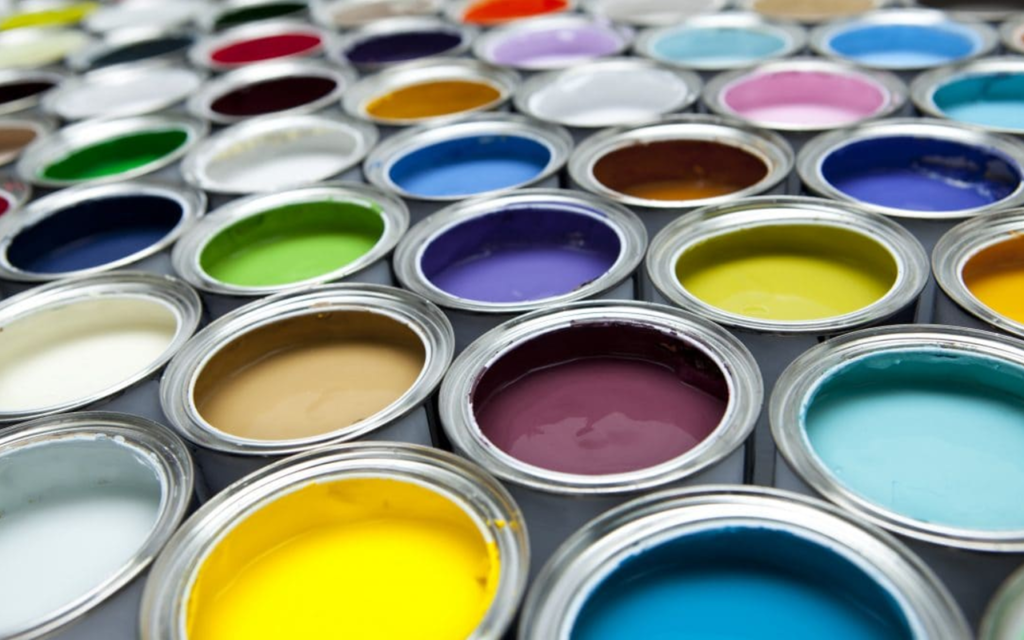Waterproof mortar is different from concrete as a structural material. In addition to the required strength, waterproof mortar is mainly required to meet the functions of water retention, bonding, waterproofing, crack resistance, impact resistance, freeze-thaw resistance, high-temperature resistance, and thermal insulation, so the product’s composition is relatively complex.
The development and production of waterproof mortar are inseparable from various standard and unique raw materials. Typical raw materials such as commonly used multiple types of cement, gypsum, lime, and other cementitious materials, as well as various particle-graded fine aggregates and fine fillers, while raw materials used to improve the plastic properties of mortar and meet special performance requirements after hardening of mortar include:

Polymer emulsion and re-dispersible latex powder
water retaining agents and thickeners
various concrete and mortar admixtures and fibers
pigments
1. Polymer emulsion and redispersible polymer powder
Adding polymers improves concrete and mortar impermeability, toughness, cracking resistance, and impact resistance. Ordinary re-dispersible polymer powder used in cement mortar and cement concrete modification include acrylate emulsion, EVA emulsion, styrene-acrylic emulsion, styrene-butadiene emulsion, and chloroprene latex. Redispersible polymer powder can produce ready-mixed mortar, while redispersible polymer powder can be used directly to make dry mortar. The redispersible polymer powder currently used in dry mortar mainly include ethylene-vinyl acetate polymer powder (EVA), pure acrylic polymer powder (PAE), vinyl acetate, ethylene and higher fatty acid vinyl ester ternary copolymer polymer powder (VAC). /E/Veo Va), among which ethylene-vinyl acetate polymer powder has the most significant proportion of use.
Redispersible polymer powder has stable performance and unparalleled effects compared with other admixtures in improving mortar’s bonding strength and its toughness, deformation, crack resistance, and impermeability. Compared with enhancing the flexural strength and bonding strength of mortar and reducing its brittleness, the role of redispersible polymer powder in improving the water retention of mortar and enhancing its cohesion is limited. Since adding redispersible polymer powder can play a dispersing role and cause a large amount of air entrainment in the mortar mixture, its water-reducing effect is pronounced. Of course, due to the poor structure of the introduced bubbles, this water reduction effect does not improve the strength. On the contrary, the strength of the mortar will gradually decrease as the amount of re-dispersible latex powder increases. Therefore, in some cases, pressure resistance needs to be considered. In the development of mortars with high flexural strength and flexural strength, defoaming agents are often added simultaneously to reduce the negative impact of polymer powder on the compressive strength and flexural strength of the mortar.
2. Water retaining agent and thickener

The main disadvantages of ordinary mortar prepared from cement, fine aggregates, and fine fillers are poor cohesion and stability, ease of bleeding, segregation, settling, and difficulty in construction. After construction, the bonding strength is low, easy to crack, and weak waterproofing. It also has poor durability, for which appropriate and compatible additives must be used for modification. Improve the cohesion, water retention, and stability of mortar. For example, additives that can be used include cellulose ether and starch ether.
Commonly used cellulose ethers mainly include methylcellulose (MC), methylhydroxyethylcellulose (MHEC), methylhydroxypropylcellulose (MHPC), etc. These celluloses are made of natural polymer materials. Raw materials, non-ionic cellulose ethers, are obtained through chemical treatments. They have cold water solubility, water retention, thickening, adhesion, film-forming, lubricity, non-ionic and pH stability. Compared with the traditionally used carboxymethylcellulose (CMC), MC, MHEC, and MHPC not only have greatly improved cold water solubility but also have enhanced water retention capacity, apparent thickening, and relatively small bubble diameters, which are very helpful for improving the adhesion of mortar. Performance is greatly improved.
Cellulose ethers come in various varieties and have a wide range of average molecular weights and viscosity from 5 to 200,000 mPa·s. They also have different effects on the properties of the mortar after hardening. Many tests should be conducted during specific selection to select the appropriate viscosity, molecular weight range, and dosage.
Starch ether is generated by the reaction between the hydroxyl group on the starch glucose molecule and chemical reagents. The main varieties of modified starch ether include sodium carboxymethyl starch (CMS), hydrocarbon alkyl starch (HES), and hydrocarbon propyl ethyl starch. (HPS), and cyanoethyl starch. They all have excellent water solubility, adhesion, expansion, flow, covering, de-sizing, sizing, dispersion, and stabilization functions. Commercial mortar products such as ceramic wall and floor tile adhesives, interface treatment agents, caulking agents, and cement waterproof mortars use starch ether as the main water-retaining and thickening additive.
3. Admixtures for cement concrete and mortar
There are many kinds of admixtures for cement concrete and mortar, such as water-reducing agents, air-entraining agents, early strength agents, antifreeze agents, setting adjusting agents (accelerating setting agent and retarding agents), defoaming agents, hydrophobic agents, thixotropic lubrication Agents, expansion agents, and waterproofing agent. In waterproof mortar, these admixtures can be added to the mortar in appropriate amounts according to the actual needs of the project after their effectiveness has been proven through experiments. This can enrich the varieties of waterproof mortar and improve its various properties.
4. Fiber
Adding fiber to waterproof mortar can increase tensile strength, enhance toughness, and improve cracking resistance. Synthetic chemical and wood fibers are commonly used in waterproof mortar—synthetic chemical fibers such as polypropylene fiber ( PP) and polyacrylonitrile fiber (PANF). After surface modification, this type of fiber has good dispersion and low dosage, which can effectively improve the mortar’s plastic resistance and cracking properties. At the same time, it also enhances the mechanical properties of the hardened mortar. The effect is small; the diameter of wood fiber is smaller, but when adding wood fiber, attention should be paid to the increase in the water demand for mortar.
5. Pigments

The pigments mixed into waterproof mortar should be inorganic pigments with excellent alkali resistance and must be stable under ultraviolet irradiation. Pigments with solid hiding power should be selected to reduce the quantity of pigments mixed in, reduce costs, and reduce the impact of pigments on the mechanical properties of mortar.




